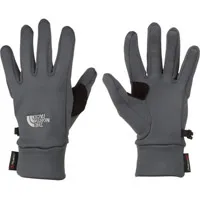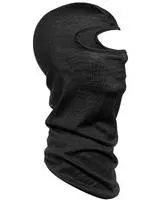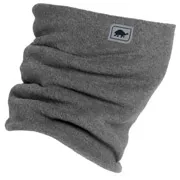 Vegan
Cold Weather Clothing
Vegan
Cold Weather Clothing
Dressing for seriously cold weather without animal products
Wholly vegan brands tend not to do extreme cold weather gear, but extreme cold weather brands often do some vegan gear. Here are some suggestions of how to keep warm without any animal products in even the coldest weather.
|
Boots Proper cold weather boots need substantial insulated soles as well as insulated uppers as much heat can be lost through the bottom of the foot to the ground. For the coldest weather, boots have soft insulated uppers, and they need to be bulky to be effective, all that insulation takes up space! 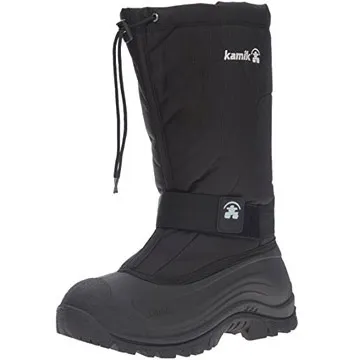 Kamik Greenbay 4 - vegan Rated -40F / -40C, waterproof nylon uppers Men's | women's 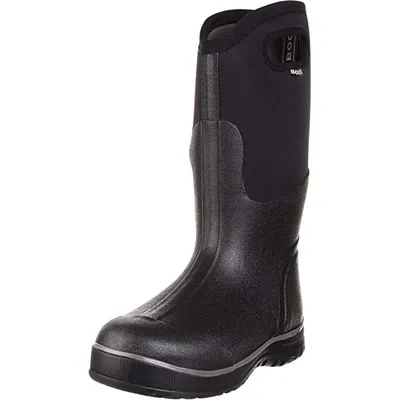 Bogs Classic Insulated Waterproof Boots - vegan Rated: -40F /-40C Men's Women's  Baffin Softshell snow boot - Men's - vegan Rated -4F, 100% Waterproof, lightweight reinforced toecap 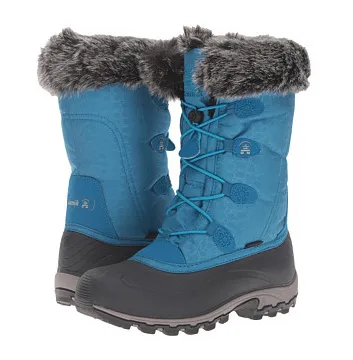 Kamik Momentum Boot - Women's - vegan Rated -25F / -32C Waterproof with laces, grippy tread, 10+ colors! Boots can be one of the hardest items of cold weather clothing to find for vegans, some are almost there but not quite. Brands:
|
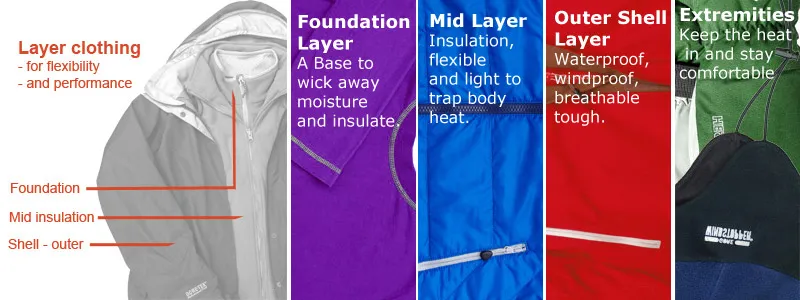
Layering - The point of layering is that the different layers have different functions, it's not simply about lots of layers irrespective of what the layers are. It may seem obvious, but layers need to be on the top and legs too, shorts or skirts can't be compensated for by 3 top layers and a parka.
|
The Outer / Shell Layer
- the first line of defence against the
weather. This layer NEEDS to be windproof and may be
waterproof, though this is less important below freezing
point. It can be simply a "shell" with no
insulation or more commonly with insulation built in. Insulating materials: Synthetic insulation has been developed for many decades and has become progressively more effective, lighter, and more compressible while retaining it's major performance advantage over down which is that it is still effective while wet and dries out much more quickly, little compromise needed when choosing vegan here. Manufacturers like to give their own proprietary insulating material fancy names and show lots of charts and graphs to back it up. All but the cheapest of modern synthetic insulation is good at its job these days. It's not only about the insulation though, look for storm flaps, good hoods, closeable cuffs and waist cords to batten down the hatches when needed and also the ability to open up and ventilate during exertion or when it warms up for a while.
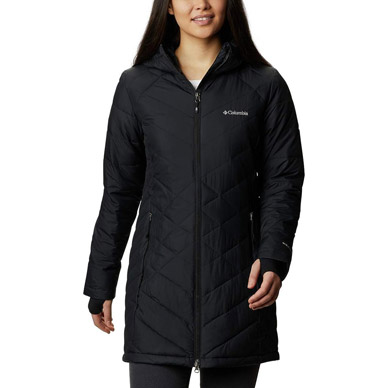 Columbia Heavenly Long HDD Jacket - Women's insulated, windproof 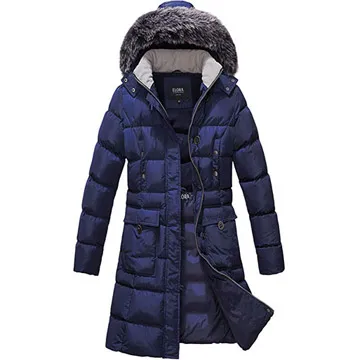 Elora 47" Winter Puffer - Women's | 36" Mid Length, Cargo Pocket, Fur Trim, Removable Hood, synthetic insulation. budget choice
 Arctix Performance Tundra Jacket - Men's lightweight, synthetic insulation, rated -20F to +35F budget choice 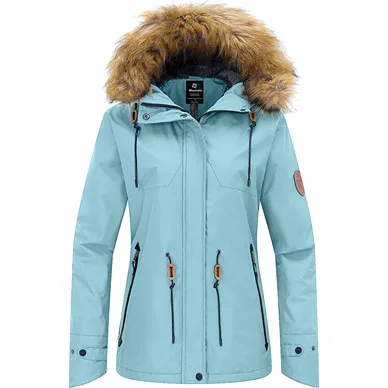 Wantdo waterproof and windproof snow jacket - Women's | Men's budget choice
|
|
Foundation / Base Layer
- Provides Insulation and wicks sweat
away from the skin. The foundation layer next to the skin is important because with so much clothing on top, sweat can build up leading to a feeling being cold and clammy, especially when resting after activity. So the foundation layer needs to be made of an effective wicking material as well as providing a good layer of insulation. The main thing is to avoid cotton which is really bad at wicking and instead choose synthetics such as polypropylene and polyester. Men's synthetic base layers | Women's synthetic base layers |
|
Mid / Insulation
Layers - flexibility is a major factor
here to allow for cooling during exertion or in warmer
conditions, with the ability to wrap up warm when the
temperature drops. Upper body - thick shirts, sweaters and jackets long enough at the back to avoid exposed skin or lower layers during bending. 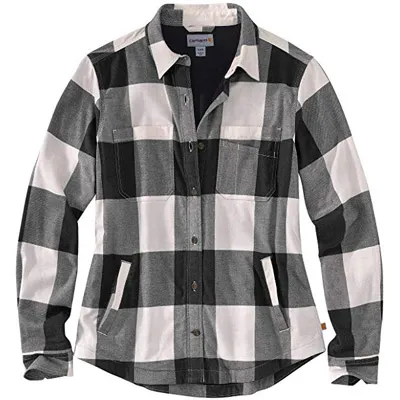 Carhartt Rugged Flex Relaxed Fit Shirt Jacket with fleece lining Men's Women's  Columbia Full Zip Fleece Jacket Men's | Women's  The North Face Thermoball Eco Jacket, synthetic insulation Men's Women's 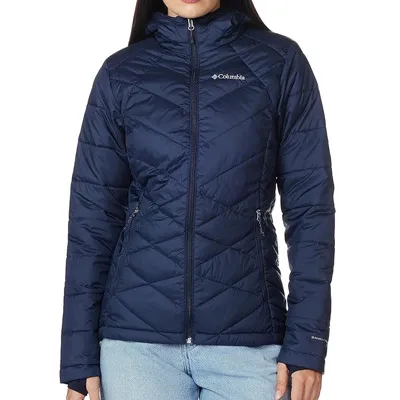 Columbia Mighty Light Jacket - Women's Lower body - Thick warm pants of heavyweight synthetic material such as polyester/cotton. Pants should be somewhat loose fitting and not tight as this allows a layer of air and doesn't restrict the circulation.. Denim is about the worst possible choice. Bibs and overalls are particularly good, they add extra core insulation and keep you covered while bending or stretching. 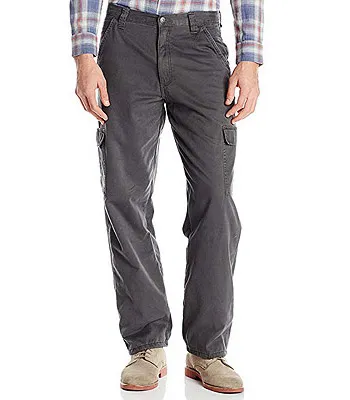 Fleece-lined pants Cargo or jeans style, cotton outer for everyday use but with a fleece lining for warmth Men's Women's 
Arctix Essential Bib Overall Nylon outer, insulated Men's | Women's - 10+ colors! The insulating layer/s are variable and flexible and can be added to when cold or removed when not so cold, versatility is provided by zips and buttons This layer should be soft for comfort, adjustable fastenings are good, the mid layer can become the outer layer during warmer conditions or when there is no wind. Materials - Synthetics
Materials to avoid:
|
|
Extremities - head, hands and feet, ankles, wrists and neck. Feet One pair of winter weight insulating socks or maybe a thin liner pair and thicker over socks are all you need if you have good cold weather boots too. Acrylic and polyester are effective materials and durable. Don't be tempted to wear too many pairs of socks, this will make your boots tight and squash the insulating air out, as well as making them uncomfortable. Modern cold weather boots have inbuilt insulation and are not intended to be worn with multiple pairs of socks. Cotton is a bad choice again, it is a poor insulator, and hangs onto sweat (yuck) which will make your feet feel cold. Hands
Given the same materials and design, mittens will keep your hands warmer than gloves. Layering should be used when it gets very cold, a light inner glove for handling ability and then a thicker pair of mitts over the top. The outer layer can be additionally insulated or just be a weatherproof shell layer, at least wind-proof and preferably water-resistant too. There is no magical thin, ultra-warm glove that is going to allow you full use of your hands down to minus stupidly cold, it's all a compromise. 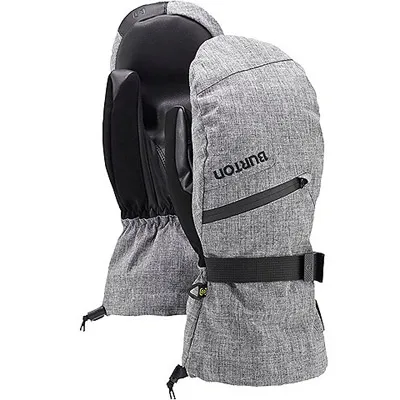 Burton Gore-Tex Mitts Waterproof breathable mittens for serious conditions  Achiou Knit Gloves Touchscreen Soft Lining Elastic Cuff Anti-Slip, size choice unisex
 Carhartt Men's Waterproof Insulated Mittens
Carhartt Men's Waterproof Insulated MittensFleece lined Gloves  Vgo 2-Pairs, 3M Thinsulate Touchscreen Synthetic Leather Gloves, Waterproof Insert Rechargeable electronic hand warmers - Power packs that can be used for heat or battery back up for your phone Head
Style. Beanies are a very effective shape, they can easily be pulled over the ears. Clean, plain shapes allow a hood to be pulled over and fit closely for better insulation. Bobbles or other "fun" parts make air spaces that reduce insulation. A personal favourite is a close fitting "windstopper" hat with ear flaps, small enough to easily fit in a pocket with a warmth far beyond its size and weight. Balaclavas are a good choice too, roll them up as a hat alone or pull down over the face and neck when it's time to put the hood up too. Hats - Beanies | Hard hat liners | Balaclavas | Windstoppers The Neck
Scarves must be of the right material and worn correctly
to get the best use from them. Cotton is useless here,
and acrylic not good enough, wear the scarf under the
shell garment and over the insulating layer immediately
beneath (like a turtle-neck) that so that it restricts
air movement and snow ingress as well as providing extra
insulation. A neck gaiter is a neater version of a scarf,
a tube of stretchy insulating material than can be worn
like a scarf or pulled up over the lower part of the
face. |


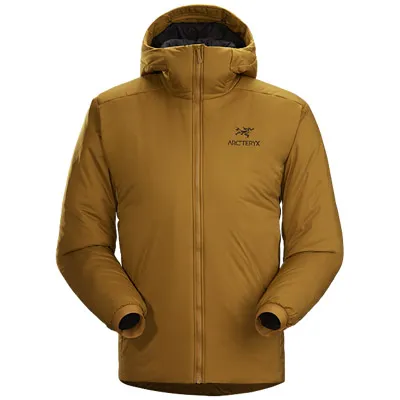

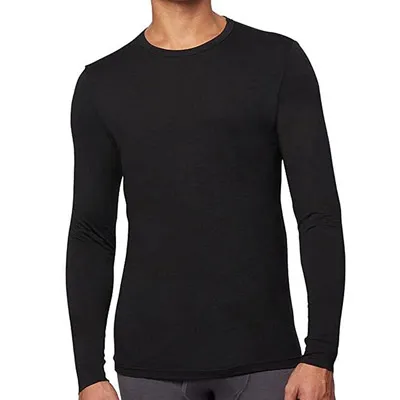




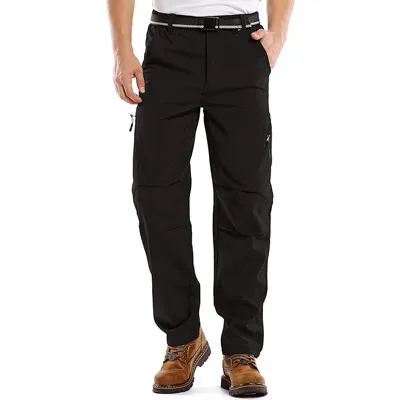

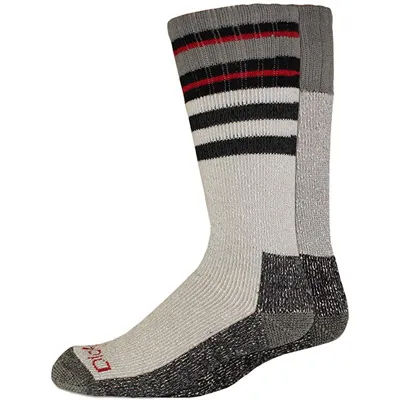
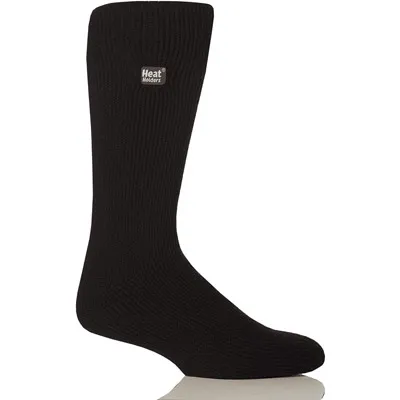
 Acrylic winter boot socks
Acrylic winter boot socks